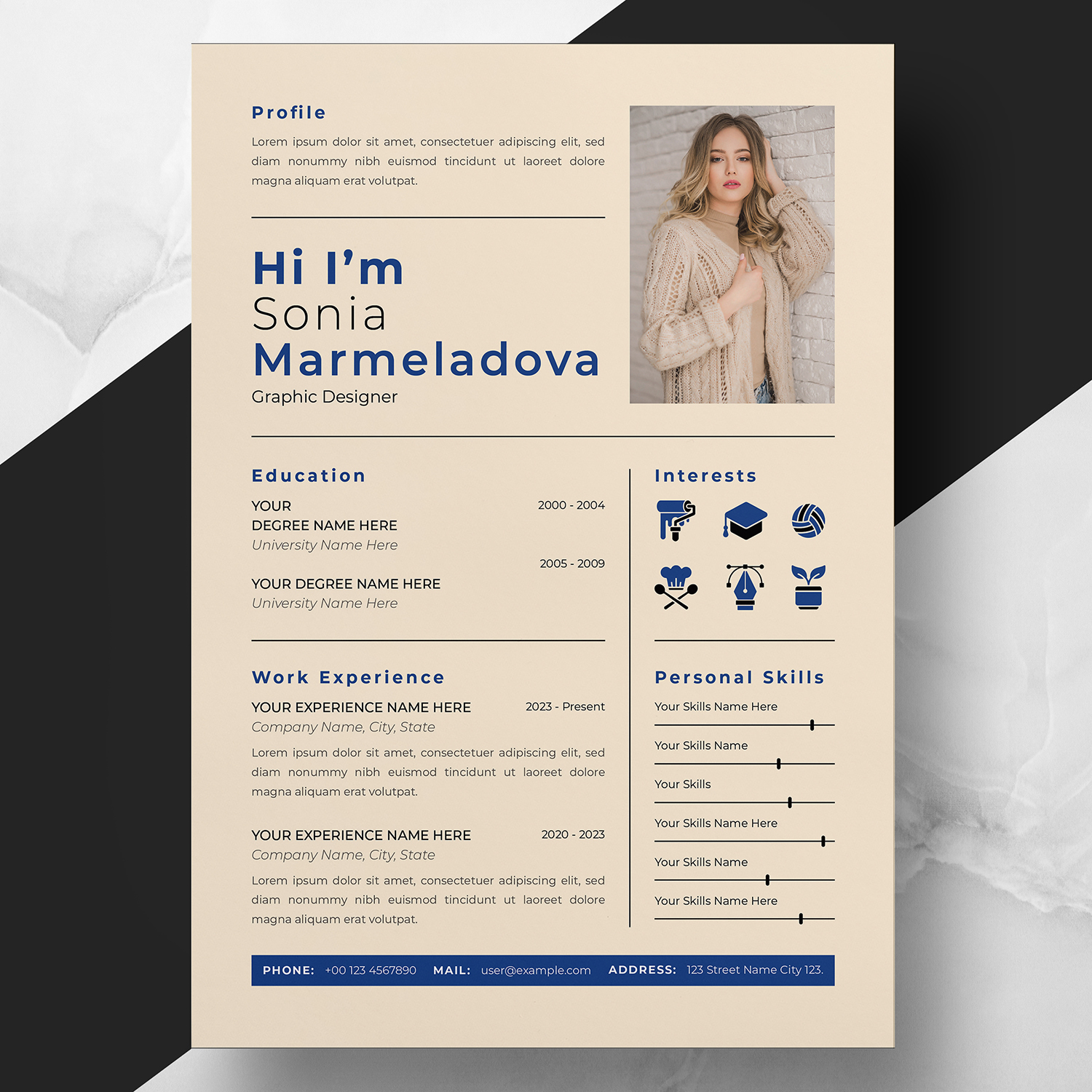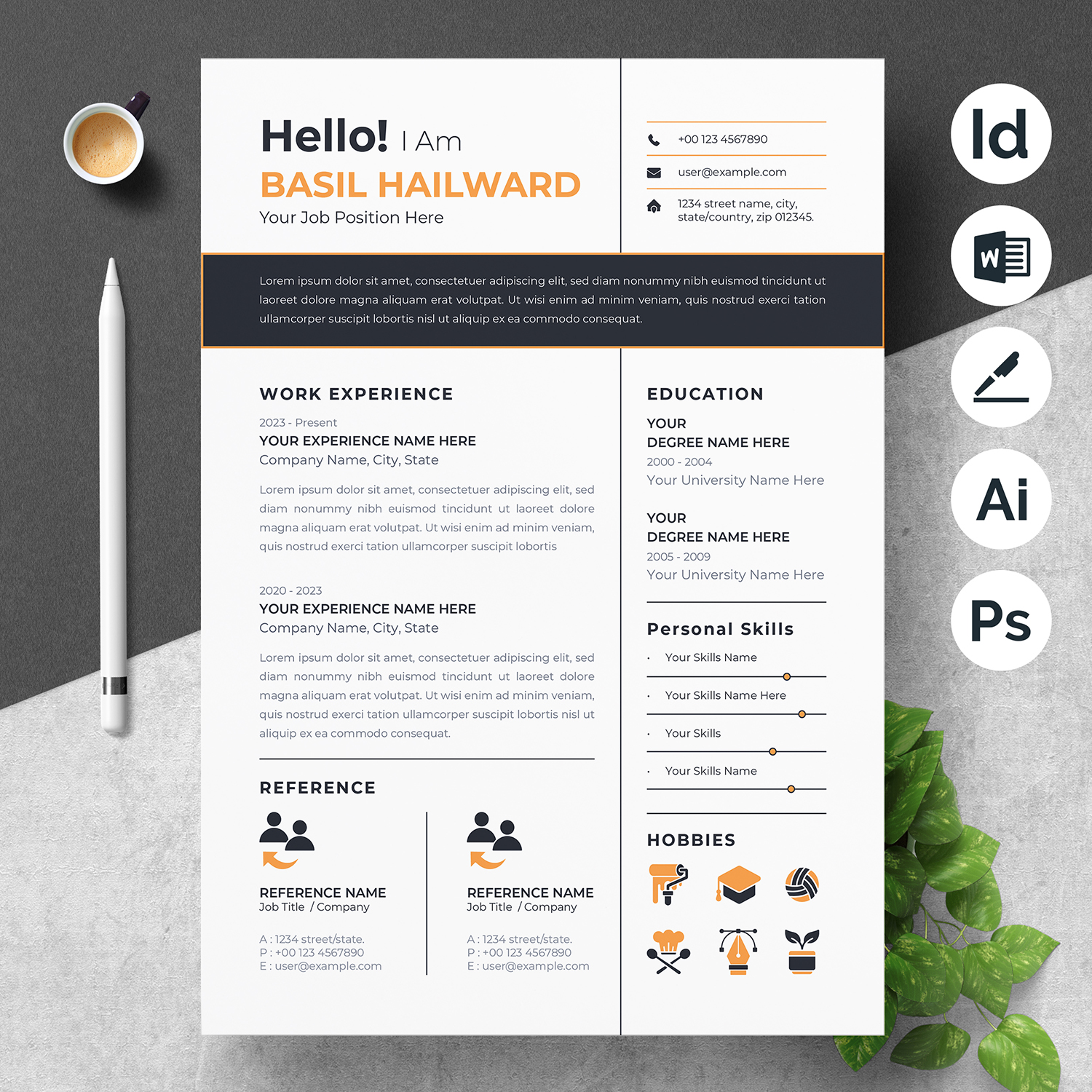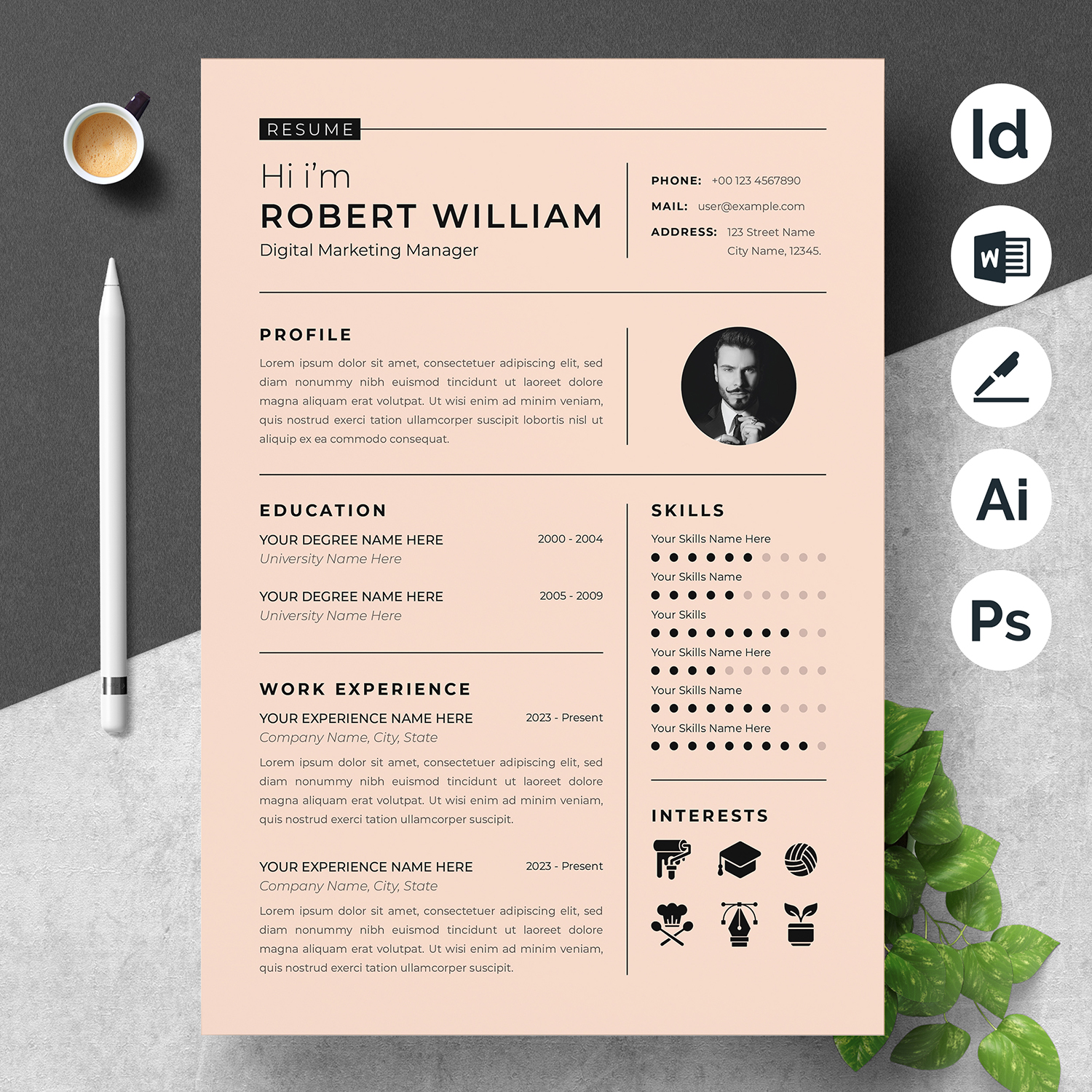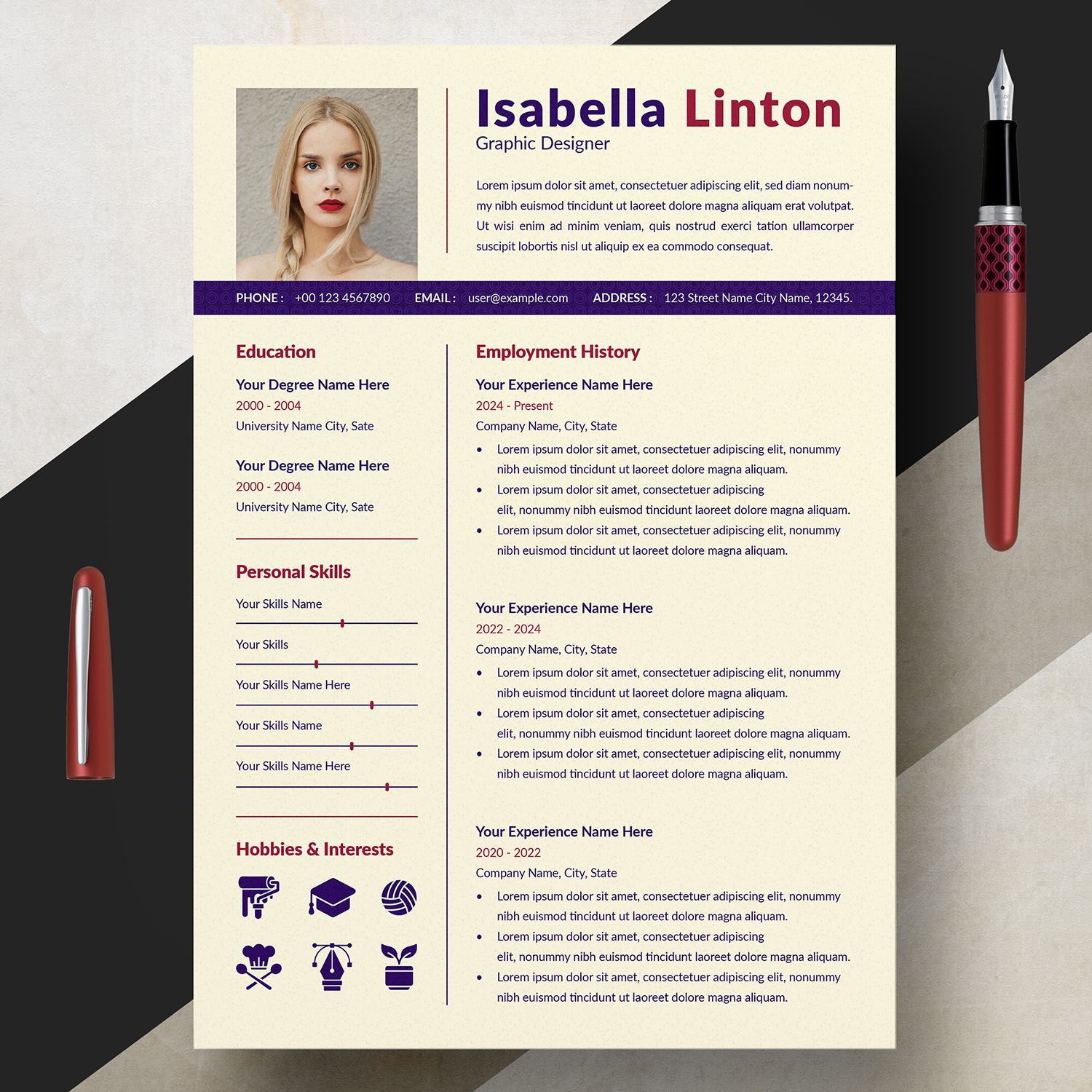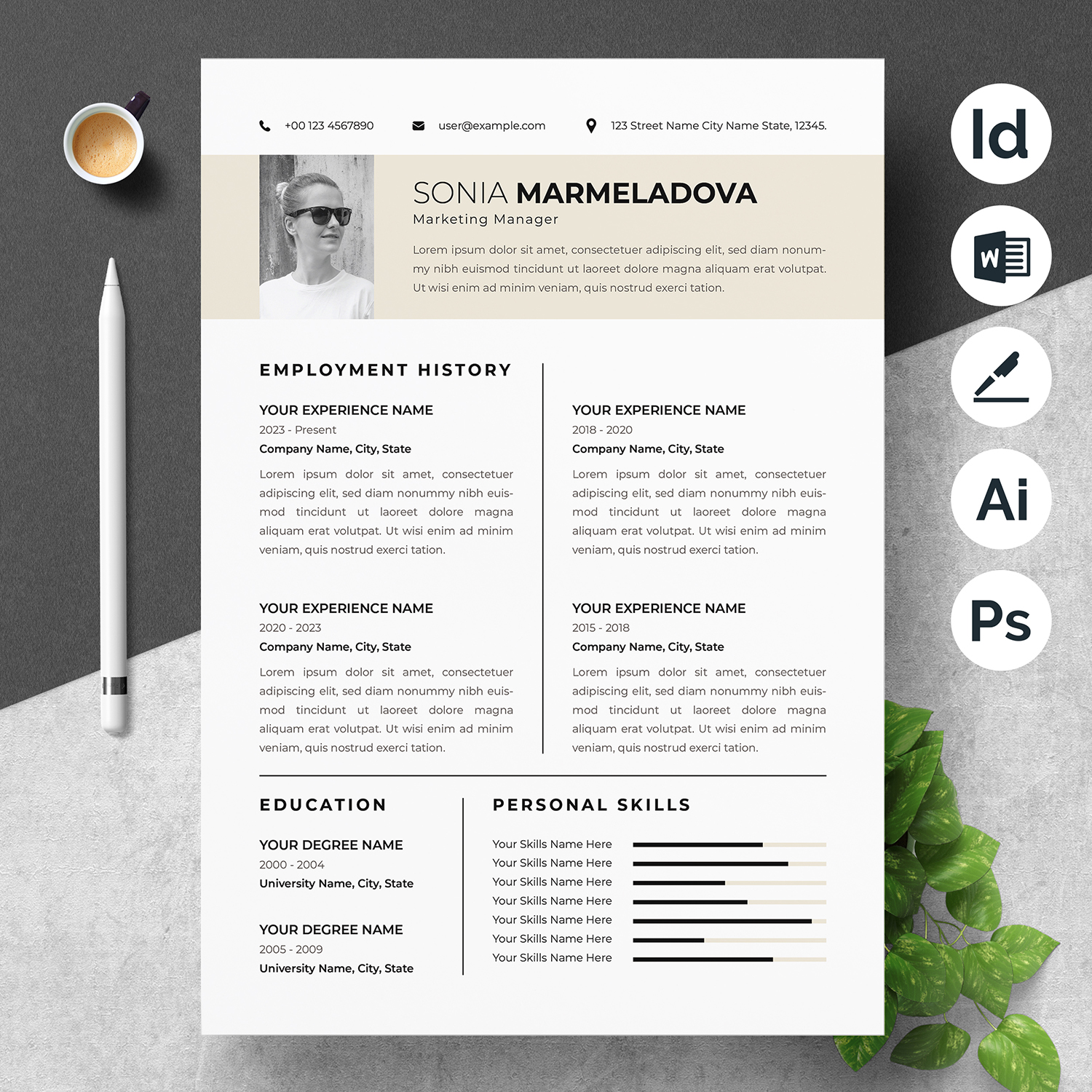
Many graduate school applications require students to submit an application with a resume. What is an academic resume for graduate schools? What makes it different from the one you’d use to apply to job openings? These questions can make the writing of your graduate school resume a challenge; however, it’s not as complicated as it may appear.
In this article, we’ll guide you through the essential information you need about writing an effective graduate school resume, why you should have the right resume for graduate school as well as how a graduate resume differs from the typical job resume, the things that you need to include in your graduate school resume, in addition to how your resume can shine.
Why Do You Need a Resume for Graduate School?
It’s not for a job, so why should you provide a resume on the majority of applications to graduate school? In essence, the graduate school’s resume has a similar purpose to resumes that are submitted to jobs as it helps schools discover more about you and your skills.
Like most companies, graduate programs are flooded with lots of applications, which is why they require an easy and concise method to determine if you’re the right candidate for their program. Your graduate school resume gives you an opportunity to prove this. When you look at your educational background and work experience, graduate schools will be able to see what you’ve already learned and what you’ve already proven to be worth, which will help to determine if you’d be an ideal fit for their program. In the next section, we’ll show you the specifics of what you need to include on your graduate school resume and how to show you’re a qualified candidate.
How Is a Graduate School Resume Different From a Work Resume?
Work resumes have a lot in common. However, there are some differences between them. If you’ve prepared resumes for job applications, you’re not able to simply incorporate them directly into your application for grad school. Here are the major ways that grad school resumes differ from resumes for work.
Focus More on Education
You’re applying for an educational institution, so it’s only natural that your resume for graduate school will concentrate more on your educational background than a typical resume for work. For a work resume, it’s typical to dedicate an inch or two of your education, describing the school you attended and the degree you earned.
Your resume for graduate school should include additional information like your GPA and the title of your undergraduate thesis (if you did one), as well as any awards you’ve received and classes you completed that relate to the course you’re applying for as well as the specific skills you acquired in high school. Some schools will outline what information regarding your education they’d like to see on your resume. However, generally, your resume needs to give them an overview of your academic achievements and how they can be considered to qualify you to be considered for the program.
Can Include Internships and Volunteer Experience
If you’re using your resume to be considered for a job application, some companies will only require you to list the real jobs that you worked for in your “Experience” section, but many graduate programs will allow and encourage applicants to include volunteering and internships in your CV.
This is a huge advantage since you’ll often acquire valuable skills and knowledge in these settings, even if you’re not paid or employed full-time. This can be especially beneficial for students who are younger and looking to attend grad school and might not have had many paid jobs but still want to add them to their resumes. Therefore, make sure to include all the great internships as well as volunteer opportunities you’ve had on your graduate school resume.
Usually Have Fewer Length Restrictions
Most jobs only accept resumes on just one page. However, the majority of graduate programs will accept resumes that span more than one page. This allows you to include additional experiences like internships or volunteer work, like the ones mentioned previously, since you’re no longer limited to a single page.
It doesn’t mean that your resume must be as long as an entire book (generally, it shouldn’t go any longer than two pages). It also doesn’t mean that your resume has to be longer than 1 page. However, it’s good to know you can be more flexible regarding length than the standard resumes for job applications.
What Should Your Grad School Resume Include?
Each resume is different. There are certain elements that a lot of graduate school resumes contain. Some of the sections listed below might be applicable to your graduate school program, but going through this list will help ensure that you’re not missing any important details.
Header
On the top of your resume, it is recommended to include a neatly formatted header with a brief description about yourself, in a similar way to an application for a job. Your first page should contain just your name. the second one should contain your contact details, like your contact number, address, and email address. The goal of your headers is to make it simple for schools to find out who you are and how they can get in touch with you.
Education
The education section should comprise the primary major part of your resume to ensure that graduate schools can swiftly determine if you are able to meet the academic requirements of the course. Within this area, make sure to include the college you attended, the dates of attendance, as well as your degree(s) you received.
It is also possible to include additional details, for example:
- Your GPA
- Honors at graduation you were awarded
- Title of the thesis (if you did write one)
- Scholarships or awards
- You have participated in study abroad programs.
- A list of the classes you’ve taken that were specifically relevant to your degree program (particularly in the event that your degree isn’t particularly closely tied to it)
Work Experience
It’s likely to be the longest part of your resume. It will contain the positions and internships that you’ve held. You might also wish to list volunteer work here. If you have it and if the organization doesn’t require you to add it to another section.
It is possible to organize the section in chronological order (with your most recently employed job in the middle) by placing the most relevant positions first, or you can organize your experience according to categories (such as “Research Experience” and “Communication Experience”). For each experience, it is important to begin by listing the place you worked, the position title, and the date you worked at the place. After that, you should use bullet points to describe your most important duties and accomplishments for each job (see Tips 2, 3, and 4 in the following section for additional tips on how to complete this).
Publications
If you co-authored or wrote professional or academic publications like academic papers or books, report chapters, or book chapters, include them in a separate section. In each publication, you must mention the name of the publication as well as the date and location it was released, as well as any co-authors.
Skills and Certifications
If you’ve received any certificates as an addition to your degree or if you possess qualifications that relate to the course of study, include them in their separate section.
Some examples of things to include are:
- Foreign language skills
- Computer systems that you’re skilled in
- Any relevant certifications that you’ve earned
- Awards you’ve won that weren’t listed in your section on education
- Extracurricular Activities
It is an optional part that you can decide not to include the information due to space limitations or importance. Some people prefer to list specific extracurricular activities when they believe they’re relevant to their graduate program or show an element of their character. Do not go on and about your awesome singing group if you’re applying for an MS program in microbiology. However, it’s acceptable to list the organizations or activities that you took part in if they are related to the course.
Other extracurricular activities that don’t have any connection to the degree program can be included when you believe they will highlight your strengths and passions. For instance, if you tutored students during your undergrad and believe that it will prove that you are able to effectively teach when you become a graduate assistant, you can add the information. If there’s an extracurricular activity you’ve devoted much time to, you could add it to demonstrate your dedication and work ethic to a particular program.
How to Write a Resume for Graduate School: 5 Expert Tips
Here are our top five ways to create a unique college resume. Go through them all prior to beginning and then as you compose your resume.
#1: Pay Attention to Program Requirements
Before you begin to put your resume, be aware of any guidelines or requirements that the application you’re applying to. Some programs require that you include only the experience pertinent to the program. Other programs require you to include all of your professional experiences. Certain programs have length limitations, and others have specific details they require to be included when you submit your resume, for example, the scores you have taken on tests.
It is crucial to go through the instructions thoroughly prior to beginning so that you have everything you’ll need to include. It’s important to check the directions after you’ve completed your resume to ensure that you haven’t missed anything.
#2: Highlight Your Accomplishments
The main goal of a graduate curriculum vitae is to demonstrate what you’ve done and the reasons anyone who reads it will be inclined to consider you. This means that you’ll have to show a little exaggeration so that the schools can see how impressive you are. Ways to show your accomplishments include stating the duties you did at the position and how you helped the organization/company.
Include numbers whenever possible to make your achievements more tangible. For instance, writing “I managed a staff of 13 employees and increased the company’s revenue by 130% over six months” is far better in comparison to “I managed employees and increased the company’s revenue.”
#3: Be Concise
Although there aren’t any limitations on the number of pages your resume should be, you’ll want to keep it simple and clear. Admissions officers review many resumes during the application process, and you need to make it simple for them to determine the reasons you’re a good match.
As we’ve mentioned, you want to emphasize your accomplishments on your resume. This should be the largest portion of your resume. Don’t provide a lot of irrelevant information. Stick to the most important points that demonstrate your accomplishments and the way you accomplished them.
#4: Proofread!
You’ve put in the effort to create a fantastic resume, so make sure you don’t stumble in the end by not checking your resume for errors! Before you submit your resume make sure to review your resume carefully, looking for mistakes in spelling or grammar. You’ve spent your time demonstrating to the college how smart and skilled you are. Don’t ruin your image with an oversight!
It’s helpful to take at least a few days prior to making your final proofread so you’re able to look over the resume from a fresh perspective. You could also invite a friend or family member to go through your resume and check for any errors that you may have missed.
#5: Submit Your Resume as a PDF
The last step you should take is to convert your resume into an electronic format and then submit it in the format you prefer (as long as the application does not have any instructions that tell you to do otherwise). Sending your resume as a PDF can make it look more professional and helps prevent any strange formatting issues that might occur in the event that the school is able to open the document.
Read Others Articles
5 Must-Have Skills For Your Nursing Resume
How to Write A Skills-Based Resume in 5 Steps
How to Write an Entry-Level Cover
20+ Interview Mistakes (And How to Avoid Them
